Cormorant Island, Looking South 2015
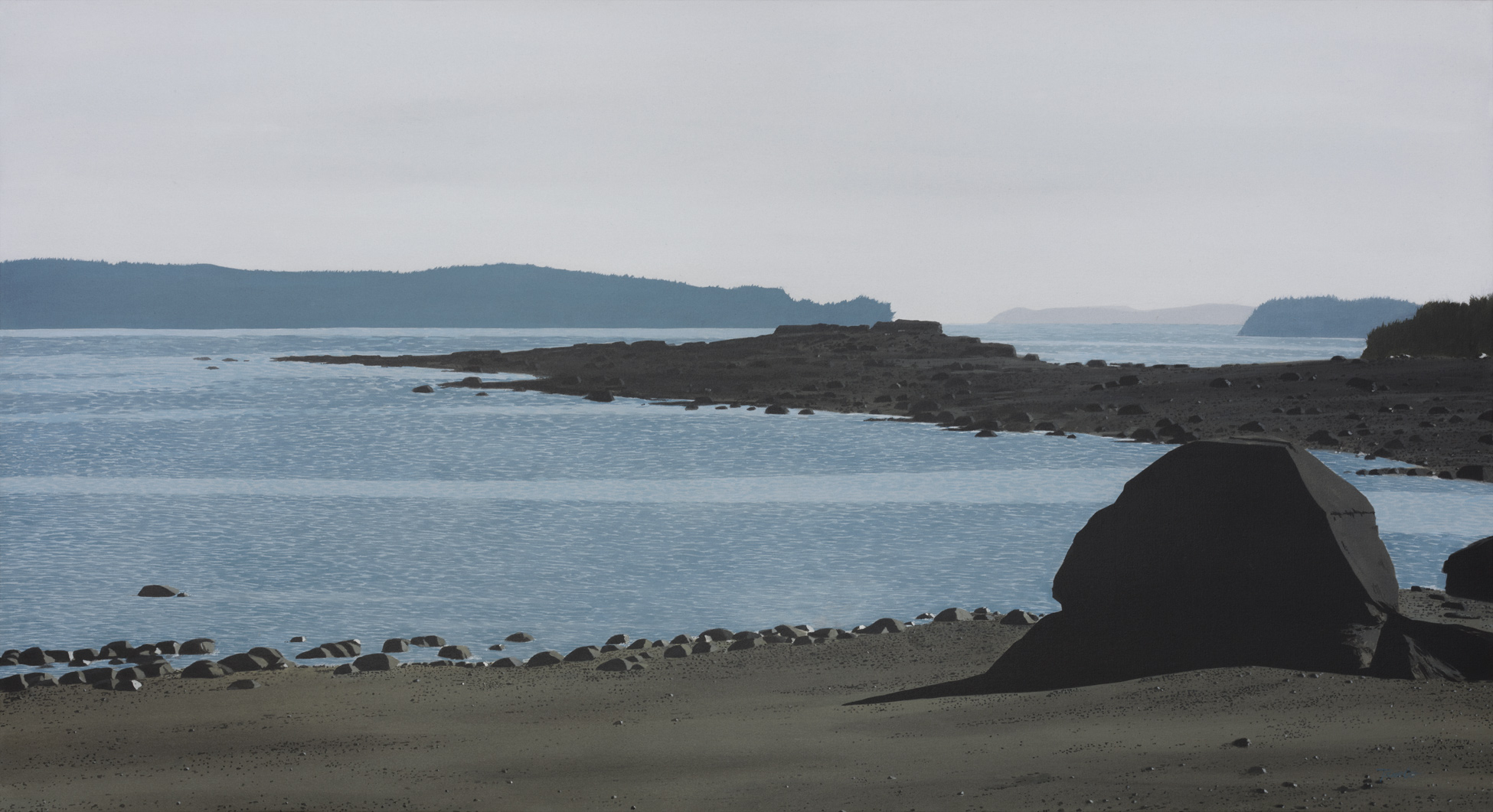
Takao Tanabe, Cormorant Island, Looking South, 2015
Acrylic on canvas, 102 x 185 cm
Private collection
Cormorant Island, Looking South is a depiction of the land and seascape of the island, which is home to the Kwakwaka’wakw village of Alert Bay (Yalis). In a late work such as this one, Tanabe uses his artistic skills to perfection and continues to make an indelible mark on the history of landscape painting in Canada.
Given the shadows that fall from the right side of the canvas, it is perhaps early in the day. We see a deserted beach with overlapping land and water masses, the whole image permeated by cool sunlight. The composition is masterful, and the viewer takes a journey into the landscape, beginning on the beach in the foreground where there are multiple elements to interest them. The beach is dotted with stones and enlivened with shadows. At the right there is the large boulder, the three-dimensionality of which is enhanced by the dark shadows and light entering the image from the right. The middle ground is defined by a large gravel-strewn spit, which extends into the composition from the right edge of the painting. In the distance we see more islands and open waters.
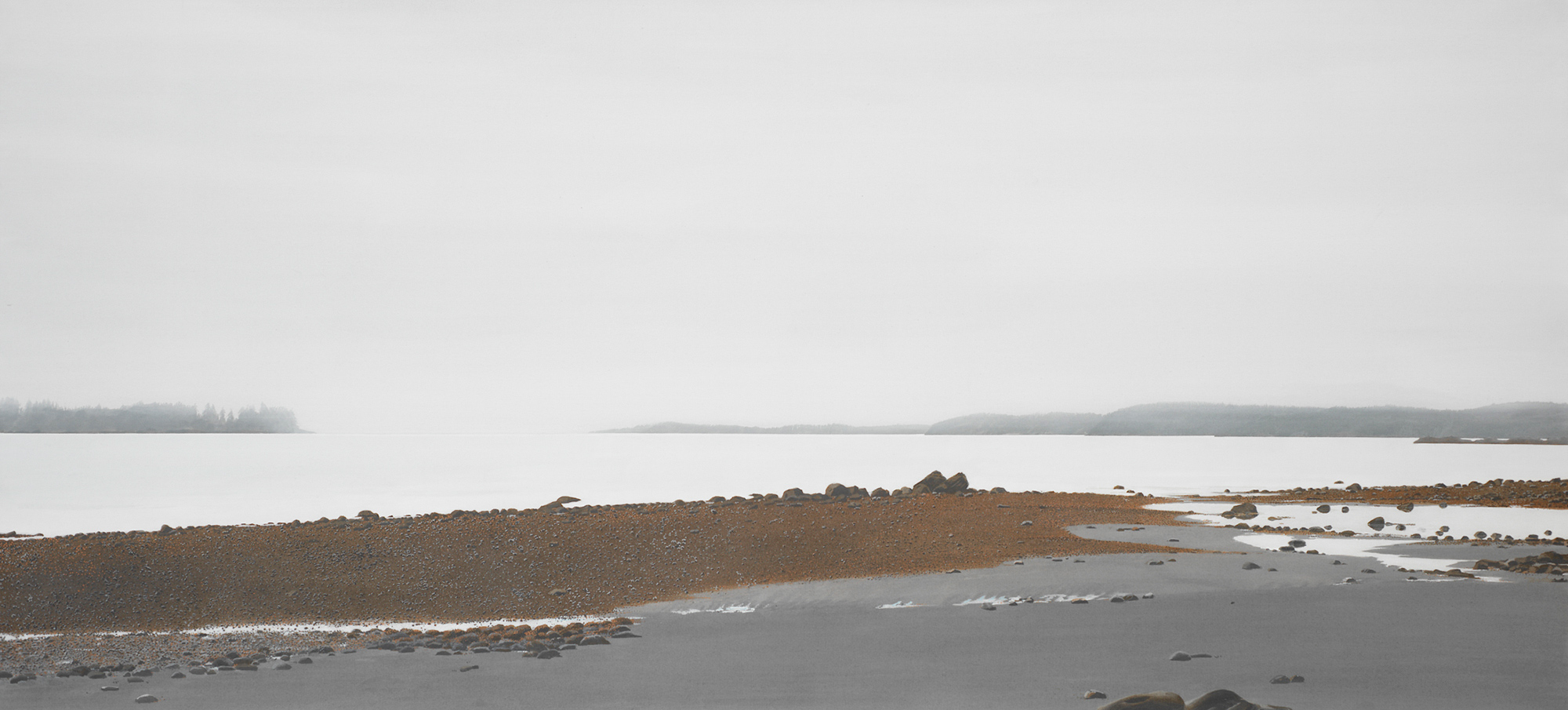
Tanabe’s depictions of the coast of British Columbia are in essence visual essays about the relationship between the land, the water, and the sky. So too are these works animated by an exceptional sensitivity to the quality of light that pervades the limpid atmosphere of the coast. It is the atmosphere of Tanabe’s childhood, a land of mists and fogs rather than brilliant sunshine. Tanabe is more interested in the subtleties and hidden elements of a vista than the simple drama of light and dark. His landscapes are often composed of myriad shades of grey, blue, and sand. Although often painted in subdued rather than high-key colours, these images have a remarkable resonance and rightness to them.
As with most of Tanabe’s later landscape work, Cormorant Island, Looking South is an image of a specific locus, but it is also an image of a place that we can all identify with even if we have never been there. True to form, Tanabe shows us no trace of human activity in this landscape. The decision to exclude the human presence, except by implicating us in looking, gives the image a universal and timeless quality. The natural world is depicted richly and searchingly. We feel that we are present on the island. The image is, as Tanabe defines it, one of enormous artifice and skill that feels, paradoxically, completely natural.
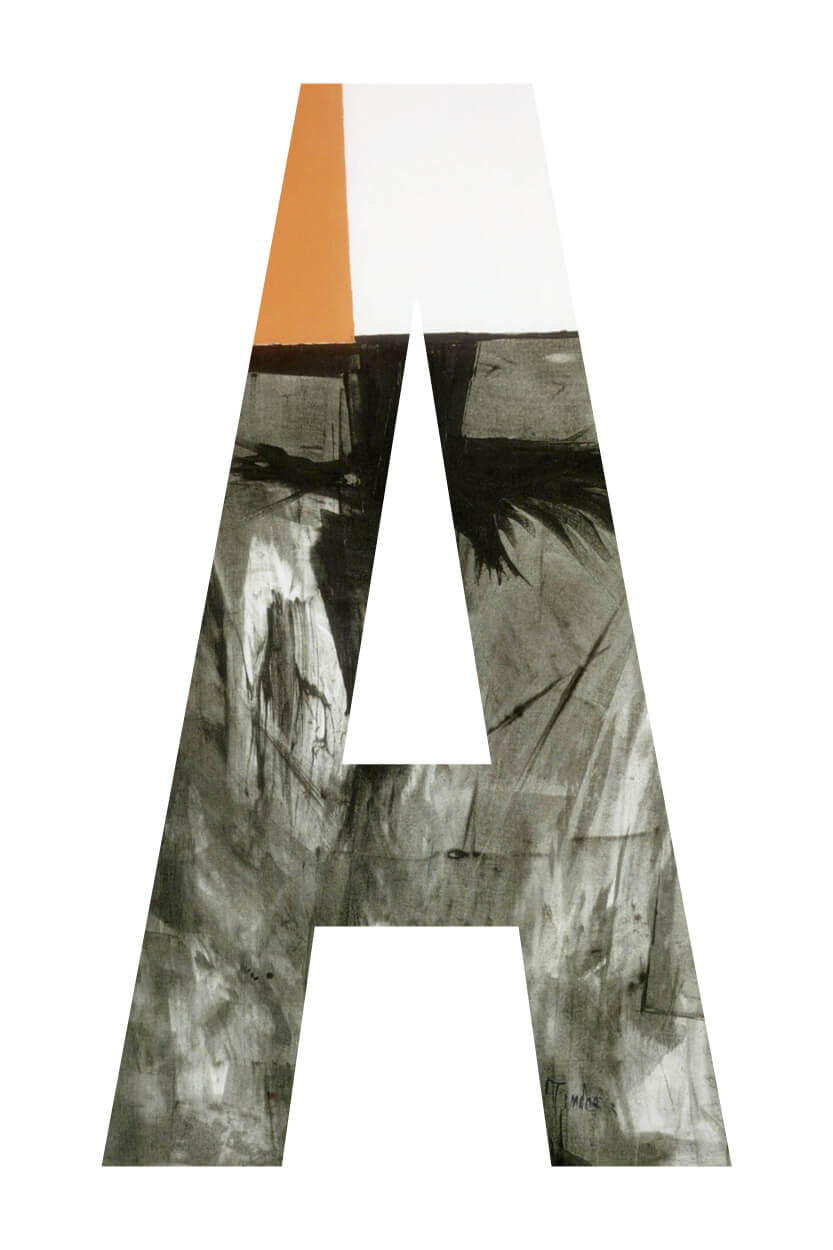
 About the Author
About the Author
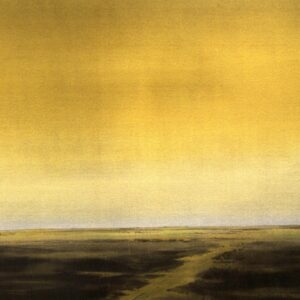 More Online Art Books
More Online Art Books
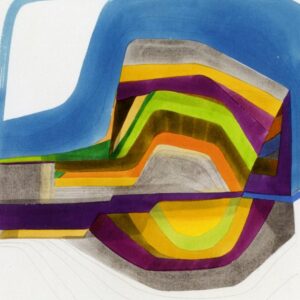 Acknowledgements
Acknowledgements